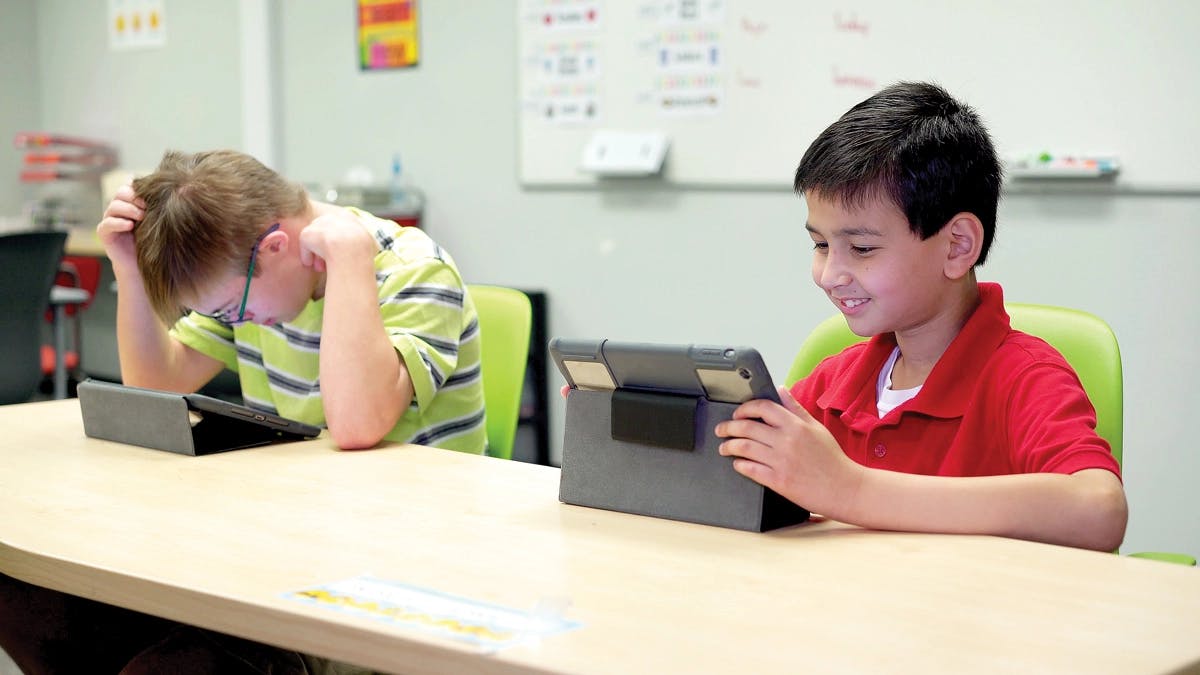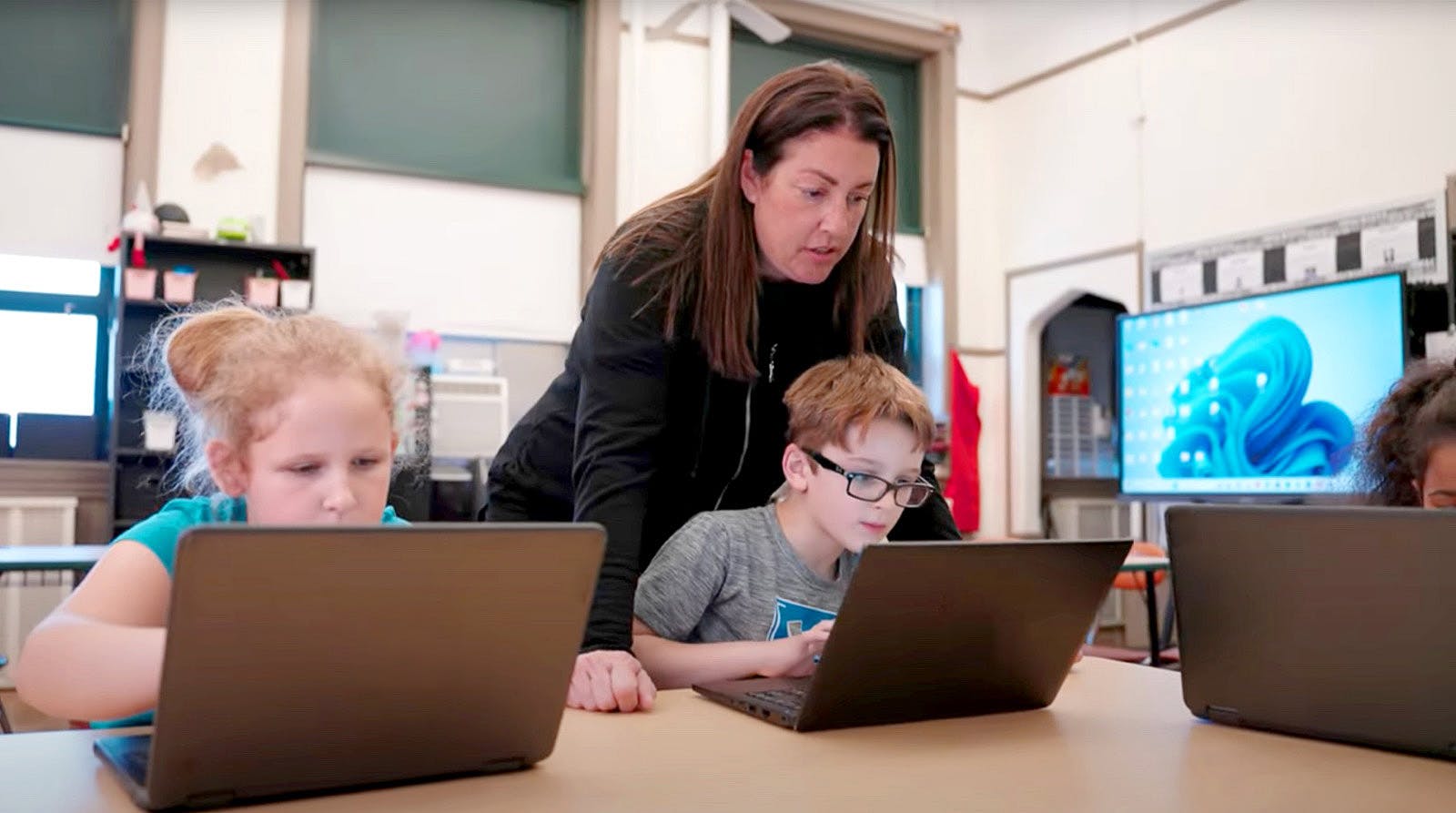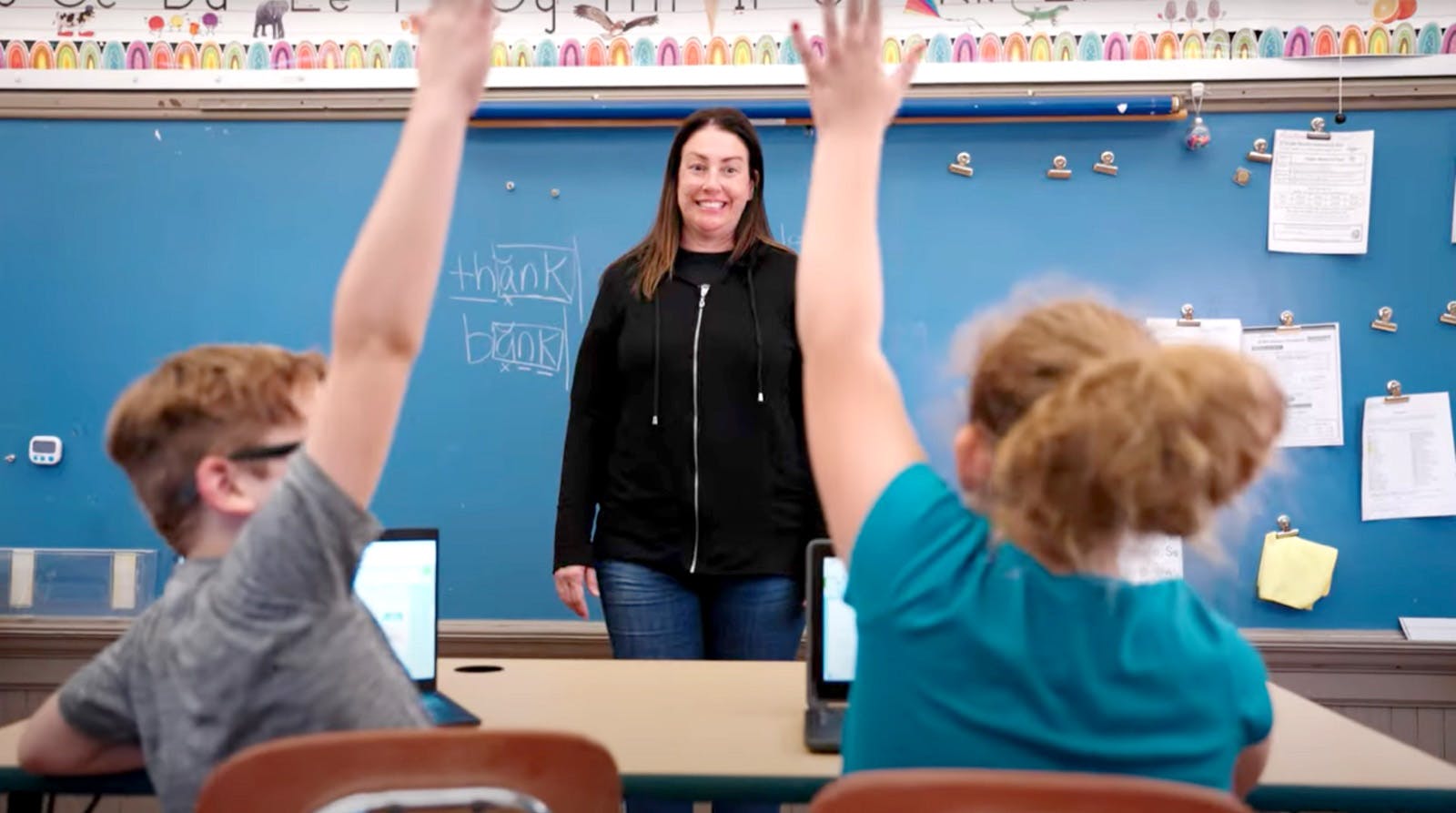The development of an effective Individualized Education Program (IEP) truly is critical to the success of a student with complex learning needs.
An IEP is as unique as each learner, developed through a complex process by multiple team members with varied roles. But there are elements that, by law, must be included in every plan.
Below is a quick reference guide of the required IEP components to help keep you on track.
Components of an Individualized Education Plan
1. Present levels of performance (PLAAFP statement)
Reflects a student’s current academic and functional performance based on objective data from assessments and progress monitoring.
2. Statement of goals
Measurable annual academic and functional goals that flow from the PLAAFP statement; students taking alternate assessments require benchmarks or short-term objectives.
Educational progress
Explains how and when progress toward achieving these goals will be reported.
3. Statement of related services
Describes services provided by persons other than the Intervention Specialist (Speech and Language, OT, PT, etc.)
Supplementary aids and services
Indicated special aids a student requires in both academic and extracurricular settings.
4. Statement of Special Education Needs
Refers to any instructional strategies a student receives outside of typical classroom instruction.

5. Modifications
Changes to the curriculum a student requires to access and demonstrate learning and function throughout the school environment.
6. Accommodations
Special supports a student needs to learn new material, demonstrate learning and function in all aspects of school life.
7. Description of service delivery
Explains how and when services included in the learner’s IEP will be delivered.
8. Statement of least restrictive environment
Describes the extent to which the student will or will not participate in regular classes and in extracurricular activities.
9. Testing placement
Determines whether a student takes state and districtwide tests, with or without accommodations, or takes an alternative assessment
10. Statement of transition
Beginning at age 14, mandatory inclusion of a student’s transition service needs in the IEP; beginning at age 16, measurable transition goals based on an assessment of the learner’s interest and training/support needs.
Rights transition
A mandatory statement, one year before age of majority, informing the student that their rights are transferring to them.



